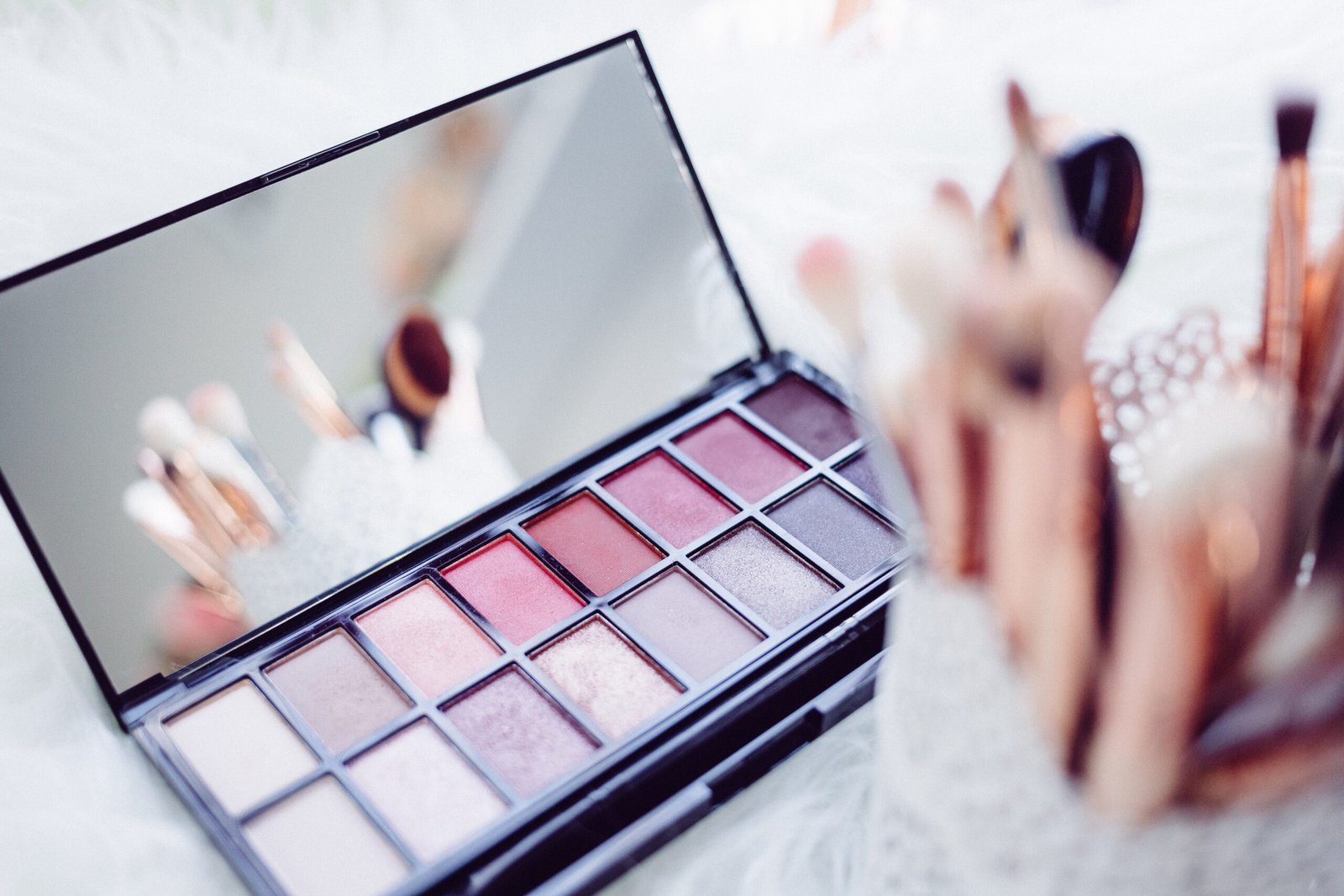Introduction
As we age, our skin undergoes various changes, and finding the right foundation shade and formula becomes crucial to achieve a flawless look. But with the overwhelming number of options available, it can be challenging to navigate through the beauty aisles. In this blog post, we will guide you through the process of finding the perfect foundation for mature skin, ensuring that you feel confident and beautiful in your own skin.
Understanding the Needs of Mature Skin
Mature skin requires special attention due to factors such as decreased elasticity, fine lines, wrinkles, and uneven skin tone. When choosing a foundation, it’s essential to consider these specific needs and opt for formulas that address them effectively.
1. Determine Your Undertone
Understanding your skin’s undertone is the first step in finding the right foundation shade. There are three main undertones: cool, warm, and neutral. Cool undertones have hints of pink or blue, warm undertones have yellow or golden hues, and neutral undertones have a mix of both. Knowing your undertone will help you select a foundation that complements your natural skin tone.
Example: If you have a warm undertone, look for foundations with shades like “golden,” “honey,” or “warm beige.”
2. Consider Your Skin Type
Mature skin can be dry, oily, or a combination of both. Understanding your skin type will guide you towards the right foundation formula. For dry skin, opt for moisturizing and hydrating foundations, while oilier skin types may benefit from oil-free or matte formulas.
Example: If you have dry skin, look for foundations with terms like “hydrating,” “moisturizing,” or “dewy finish.”
3. Look for Anti-Aging Properties
Choose foundations that offer additional benefits for mature skin, such as anti-aging properties. Ingredients like hyaluronic acid, peptides, and antioxidants can help plump the skin, reduce the appearance of fine lines, and provide a more youthful complexion.
Example: Look for foundations with labels like “anti-aging,” “firming,” or “wrinkle-reducing.”
4. Test Shades in Natural Light
When selecting a foundation shade, always test it in natural light. Indoor lighting can be deceiving, and you may end up with a shade that doesn’t match your skin tone. Apply a small amount of foundation to your jawline and step outside to see how it looks in daylight.
5. Consider Coverage and Finish
Determine the level of coverage you desire, whether it’s sheer, medium, or full. Additionally, consider the finish you prefer, such as dewy, satin, or matte. These factors will help you narrow down your options and find the perfect foundation for your needs.
FAQs
Q: Can I use the same foundation I’ve been using for years?
A: It’s essential to reassess your foundation as your skin changes with age. The foundation that worked for you in your younger years may not provide the same benefits for mature skin. Consider trying new formulas that cater specifically to your current needs.
Q: How do I prevent my foundation from settling into fine lines?
A: To prevent foundation from settling into fine lines, ensure your skin is well moisturized before application. Use a primer to create a smooth canvas, and opt for lightweight, hydrating formulas that won’t accentuate lines.
Q: Should I use powder to set my foundation?
A: While powder can help set your foundation and control shine, it’s important to use it sparingly on mature skin. Excessive powder can emphasize wrinkles and dryness. Instead, consider using a setting spray for a more natural, dewy finish.
Q: How often should I replace my foundation?
A: It’s recommended to replace your foundation every six to twelve months, as the product may expire or lose its efficacy over time. Pay attention to any changes in texture, smell, or performance, as these can indicate that it’s time for a new foundation.
Q: Can I mix different foundation shades?
A: Yes, mixing different foundation shades can help you achieve a customized match for your skin tone. Blend different shades together until you find the perfect combination that suits your complexion.
Tips
- Always prep your skin with a moisturizer and primer before applying foundation.
- Consider using a beauty sponge or brush for a seamless application.
- Don’t forget to blend the foundation into your neck for a natural, cohesive look.
- Experiment with different formulas and brands to find your holy grail foundation.
- Consult with a beauty professional for personalized recommendations.
Conclusion
Finding the right foundation shade and formula for mature skin can be a game-changer in your beauty routine. By understanding your skin’s undertone, considering your skin type, and looking for anti-aging properties, you can achieve a flawless and youthful complexion. Remember to test shades in natural light, consider coverage and finish, and don’t be afraid to try new formulas that cater specifically to mature skin. Embrace your beauty at every age and enjoy the confidence that comes with finding the perfect foundation.
Call to Action
Now that you have the tools to find the perfect foundation for your mature skin, it’s time to put them into action. Head to your nearest beauty store or browse online to explore the wide range of options available. Remember to share your newfound knowledge with others and help them feel confident and beautiful in their own skin. Together, let’s embrace the beauty of aging gracefully.









